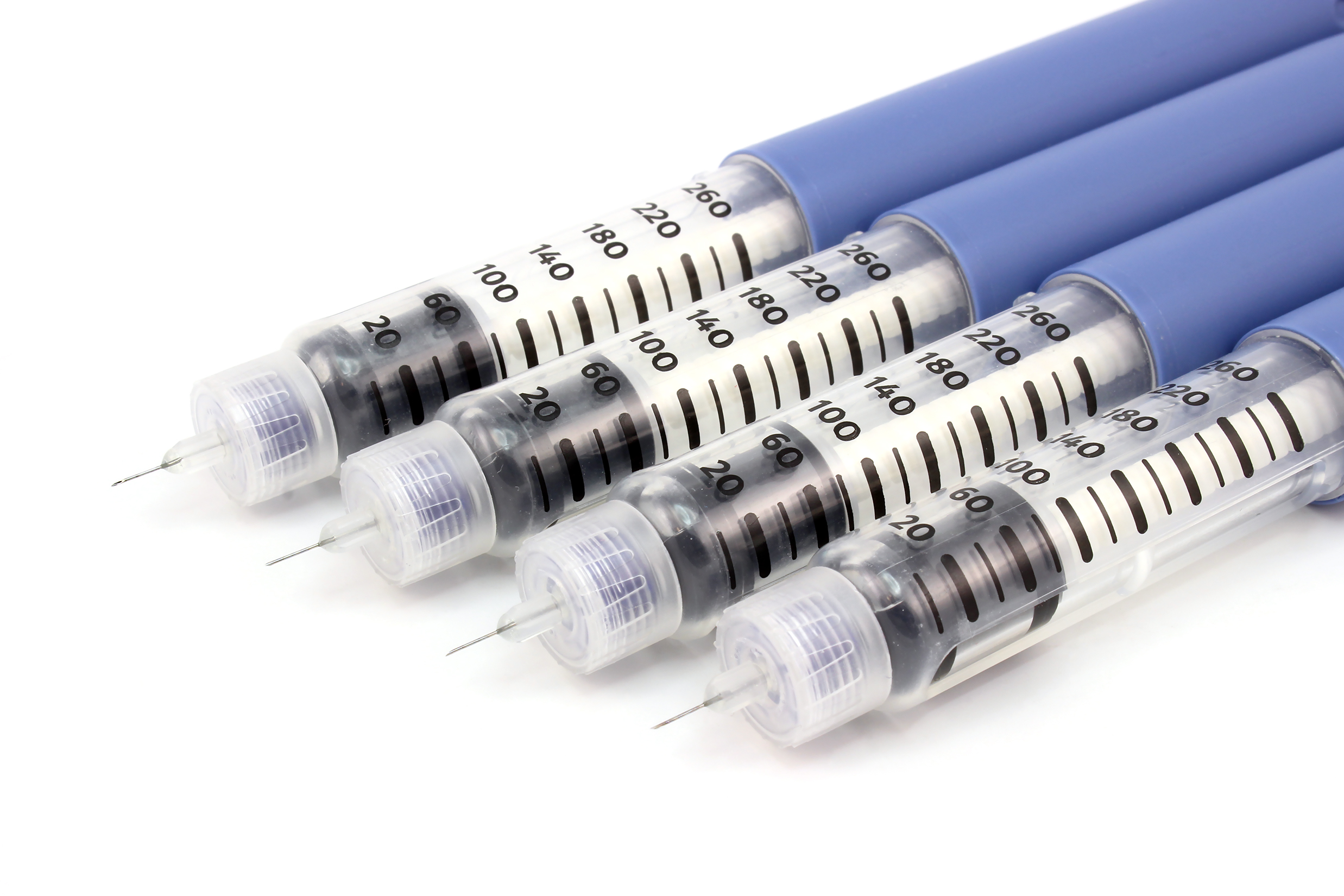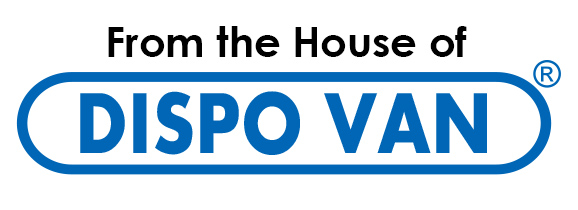

India has witnessed an increased incidence of diabetes in the last two decades, making it the second most affected country in the world after China. With an estimated 77 million diabetics, the country represents 49 percent of the world’s diabetes burden – a number expected to nearly double itself by 2025.
Aimed at keeping blood sugar levels within a normal range, insulin therapy is an important part of diabetes management particularly for people with type 1 diabetes. For optimum insulin absorption, insulin must be injected into the fat layer under the skin (avoiding the muscle) with the help of insulin syringes and insulin pen needles. It is recommended that a new site be used each time for every injection and also to change the needle with every injection.
Pertinently, insulin pen needles and insulin syringe needles are designed for single use only. However, they are commonly reused due to cost, and lack of awareness and training. Studies have repeatedly demonstrated that re-use of needles is associated with several grave and avoidable health consequences and complications.
Here are some of the potential risks arising from re-using insulin syringe and pen needles:
1. Bacterial Growth
Studies have shown that bacteria are present on the needle after injection and that bacterial growth increases when the needle is further re-used. This bacterium is primarily the one found naturally on skin. Though usually considered harmless, reusing insulin needles could pave the way for more harmful bacteria and greater contamination.
2. Pain & Discomfort
Re-using causes the fine tip of insulin needles to become blunted and distorted, leading to considerable pain – even bruising and bleeding – when inserting or withdrawing the needle. While injections are associated with a pricking sensation, there is evidence to show that re-used needles intensify pain.
3. Lipohypertrophy
Re-using the needle of insulin syringes and pen needles is linked with a greater risk of developing lipohypertrophy – a thickened, rubbery area of tissue under the skin at the patient’s injection sites. Caused by accumulation of excessive fat, lipohypertrophy can lead to poor glycaemic control, glycaemic variability, and hypoglycaemia.
4. Needle Tip Breakage
Studies have shown that excessive re-use of needles is associated with the microscopic end of the needle tip breaking off, causing tiny metal pieces of the needle to be embedded in the patient’s skin.
5. Dosage Inaccuracy
Multiple uses can cause insulin to crystallise in the pen needle or syringe needle, clogging the needle and leading to a dosage error. Besides, even the presence of air bubbles in the cartridge may cause dosage inaccuracy, triggering unwanted medical consequences.
Spreading the Word
While managing a chronic disease like diabetes, adherence to medication is a must for achieving a favourable treatment outcome. In order for such medication to be effective, it is important to apply the correct injection technique and use a new needle after every injection. Given the widespread lack of awareness on the subject, there is a critical need to disseminate information about avoiding the re-use of insulin syringe and pen needles. Patient safety largely depends on this.

